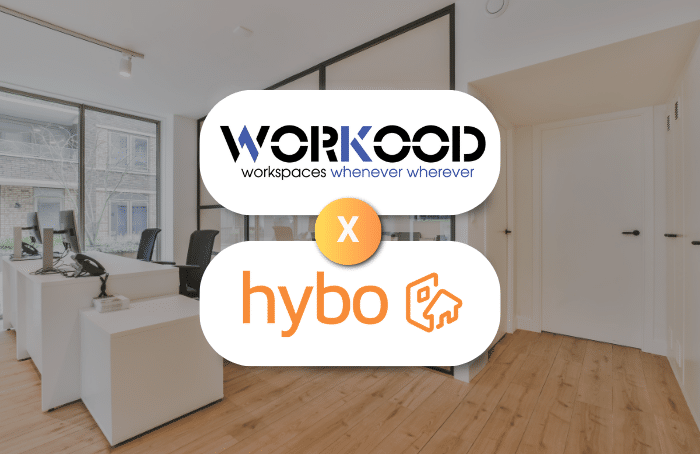According to the study conducted by the Ifo institute, Spaniards would like to work more days remotely than the number of days offered by companies. They would like to be able to work remotely at least 2.2 days a week, double the amount of time that companies offer.
Currently, according to the survey, Spaniards telework on average just under one day a week, in line with the average of the 34 countries analysed, although less than the 2.2 days a week that Spaniards would like, while companies propose an average of 1.1 days.
However, far from Spain’s borders, there are countries with a greater implementation of remote working in their offices, all belonging to the Anglo-Saxon area: Canada, with 1.7 days of remote working; the United Kingdom with 1.5 days; the United States with 1.4 days and Australia with 1.3 remote days per week.
On the other hand, the countries with the fewest telework days per week are South Korea, with 0.4 days per week; Japan and Greece, which offer 0.5 days per week of remote working. Apart from Spain, in the Eurozone, the country offering the most days of remote working per week is Germany, which has one day per week of teleworking.
Sin embargo, lejos de las fronteras españolas, hay países que cuentan en su oficina con una mayor implantación del trabajo en remoto, todos pertenecientes al espacio anglosajón: Canadá, que cuenta con 1,7 días de trabajo a remoto; Reino Unido con 1,5 días; Estados Unidos con 1,4 días y Australia con 1,3 días a remoto a la semana.
Al otro lado, los países que menos días de teletrabajo a la semana ofrecen son Corea del Sur, con 0,4 días a la semana; Japón y Grecia, los cuales ofrecen 0,5 días a la semana de trabajo a remoto. Al margen de España, en la eurozona, el país que más días de trabajo a distancia ofrece a la semana es Alemania, que disponen de un día a la semana de teletrabajo.

Hybrid work gap
Notably, all 34 countries studied in this survey by the Ifo institute have in common that employees would like to have significantly more telecommuting days than companies offer, representing a hybrid work gap between the days employees would like to work from home and what companies anticipate.
Globally, employees would like to work remotely an average of two days per week, while companies offer only 1.1 day of telecommuting per week.

“What we are seeing is that employees really value the option of working from home. However, there is a gap between the number of days employees would like to work from home and the number their employers are planning,” says Mathias Dolls, deputy director of Ifo’s Macroeconomics and Survey Centre.
Hybrid vs. remote working
Teleworking was already a growing practice before the pandemic, and it was this situation that forced a significant number of companies to adopt it almost immediately. As time went on, employees became more and more familiar with this modality, appreciating the benefits it offered: flexibility in the organisation of time, elimination of long commuting times?
However, remote working also brought with it great challenges. For some people, the lack of social interaction in the work environment and the difficulty in clearly separating work from personal life were major negative aspects. In addition, not all work activities are equally suitable for remote work, which led some companies to reconsider which tasks could be carried out from home and which required physical presence in the office.
It is in this context that hybrid working has gained relevance as an intermediate solution. It allows the best of both worlds to be combined, while maintaining the possibility of working from home on certain days of the week and attending the office on others. It seeks to balance the needs of employees and the demands of the business, offering greater flexibility without sacrificing the collaboration and social interaction that is fostered in a face-to-face environment.
The Ifo study shows that both employees and companies have different views on the ideal number of remote working days. Employees want more days at home, while companies tend to be more cautious and offer fewer days than employees would like. In this respect, hybrid working may be the solution to achieve a satisfactory balance.

In conclusion, Ifo’s research shows that hybrid work, with a combination of face-to-face and remote work, is a growing employment trend. Employees want greater flexibility in their schedules and the ability to work from home more days per week. Meanwhile, companies are seeking a balance between the preferences of their employees and the needs of the organisation.
Hybrid working presents itself as an intermediate solution that can satisfy both sides and, at the same time, promote greater efficiency and well-being in the work environment. Successful implementation of hybrid working requires careful planning, a business culture that is open to change, and the adoption of appropriate technological tools to facilitate collaboration in a distributed environment.
As we move into the future of work, hybrid work could become a widely accepted model that defines the new normal of work in many countries around the world.
Hybo not only manages workspaces, but also offers new experiences for your employees.
Contact us and discover everything we can do for you.













